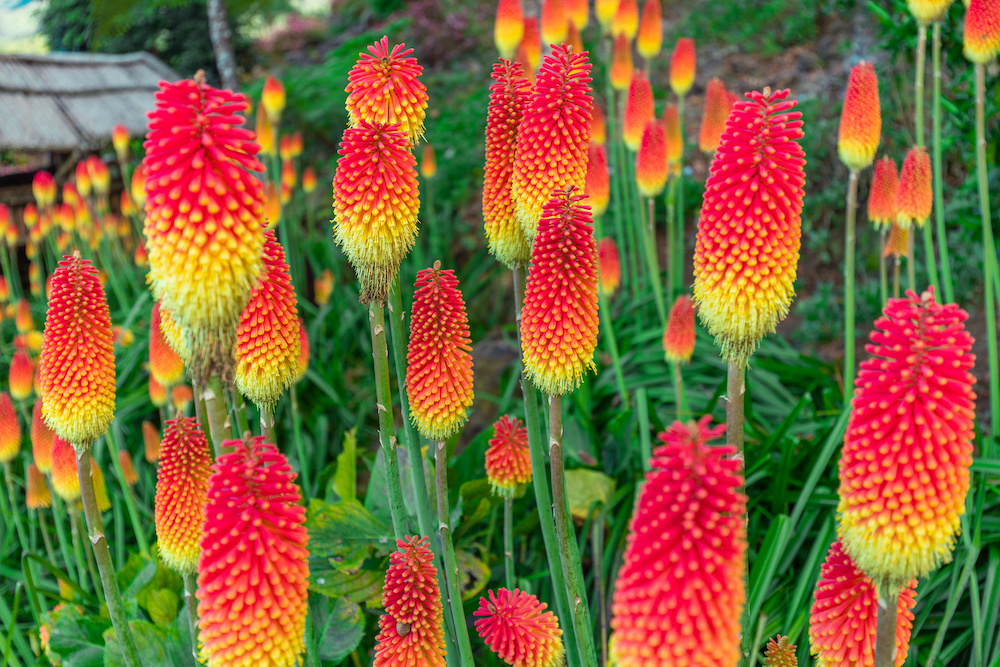
By Catherine Cooper
In many parts of Massachusetts, 2022 is shaping up to be a dry year with less than normal rainfall, and combined with our first heatwave of the year, it is noticeable how gardens are starting to show signs of stress. As much of my garden is in full sun, windswept and has no in-ground irrigation, I want to share with you some plants that I know hold up in these conditions with no supplemental watering, and that also come through our winters unscathed.
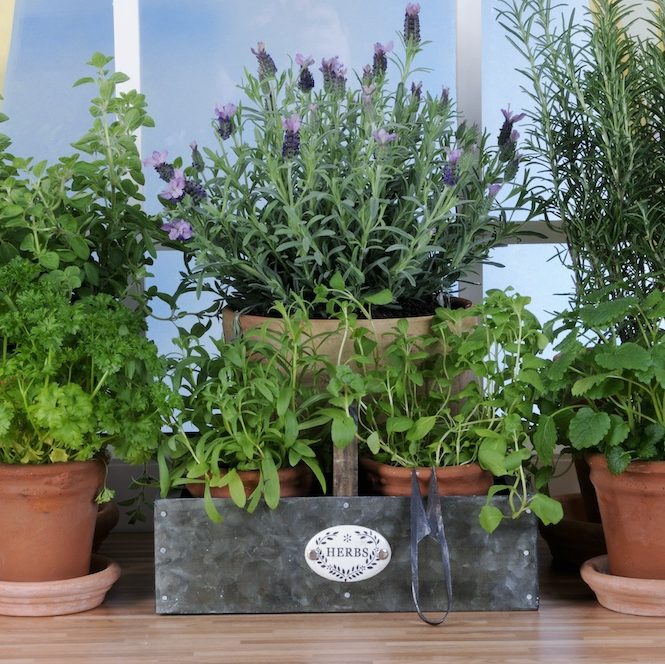
Herbs
Herbs that can tolerate our winters and love the heat include thyme, chives (and by extension flowering onions such as allium ‘Millenium’ – extremely popular with bees), lavender, and rue. Thyme in particular has a number of ornamental varieties, all of which make a great ground cover.
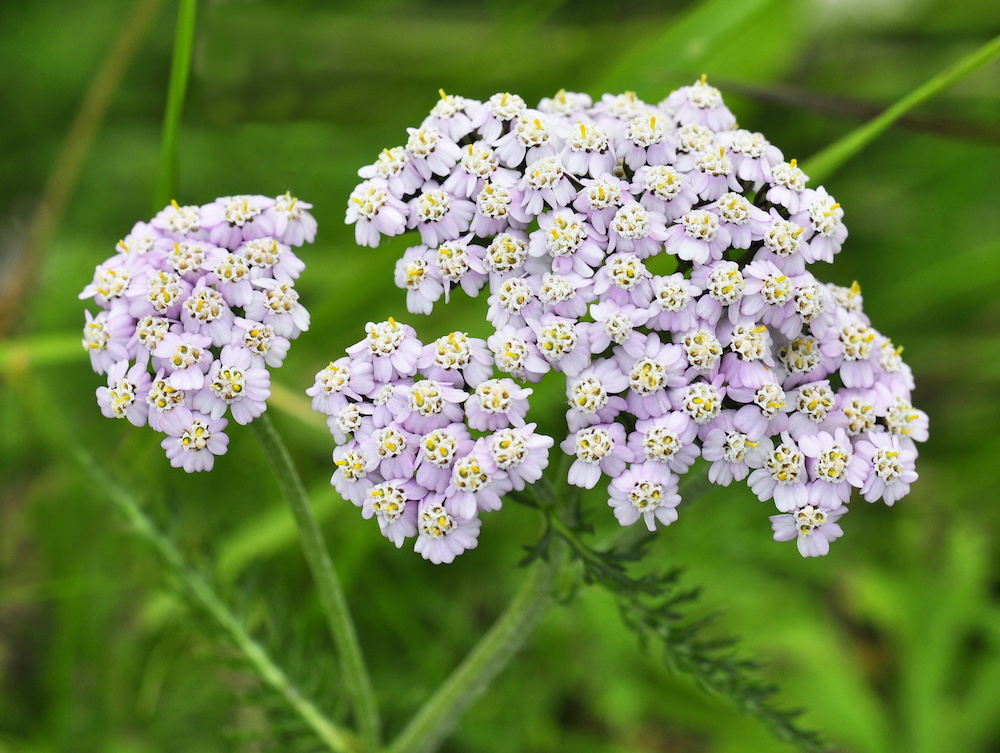
Yarrow (achillea)
A native plant found throughout North America, yarrow and its cultivars have green or silvery gray foliage to help reflect the sun’s heat, and therefore conserve moisture. It is available in colors from white through pink to red, as well as yellow and orange. Removing the flowers once finished can encourage another round of blooms.

Red Hot Poker (kniphofia)
This South African native is at the edge of its growing range in Zone 5, but it has successfully come through a number of winters for me without any cosseting. Mulching the crown over winter can help protect it, as well as ensuring it is in well-draining soil. With leaves similar to day lilies, it produces stalks of dense tubular orange/yellow flowers that are enjoyed by bees and hummingbirds.
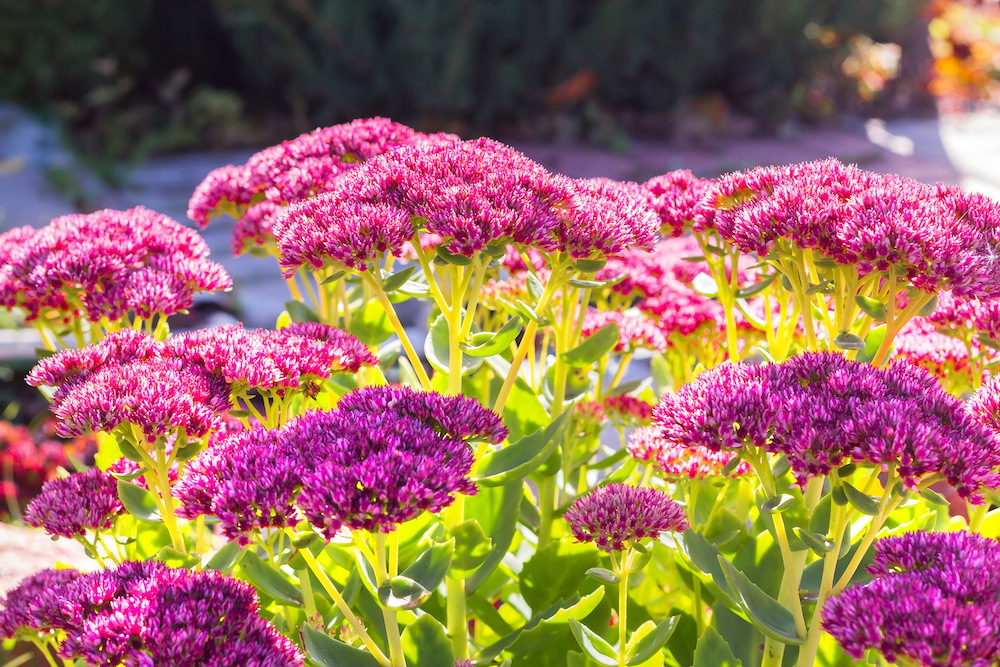
Stonecrop (sedum/hylotelephium) and Hen and Chicks (Sempervivum tectorum)
Sedum encompass a broad range of drought tolerant perennials ranging from ground covers such as Sedum rupestre ‘Blue Spruce’ and Sunsparkler® ’Lime Zinger’ through mid-sized examples such as Japanese Stonecrop (Hylotelephium sieboldii), and Sedum Rock N’ Round™ ‘Bundle of Joy’ up to the big and bold bee and butterfly magnets that are Autumn Joy, Autumn Fire, Matrona, and their ilk. Hen and chicks are low growing succulents which make small mounds of rosette shaped plants and will bloom with long stalks of mostly pale pink flowers and are virtually indestructible when it comes to dealing with drought.
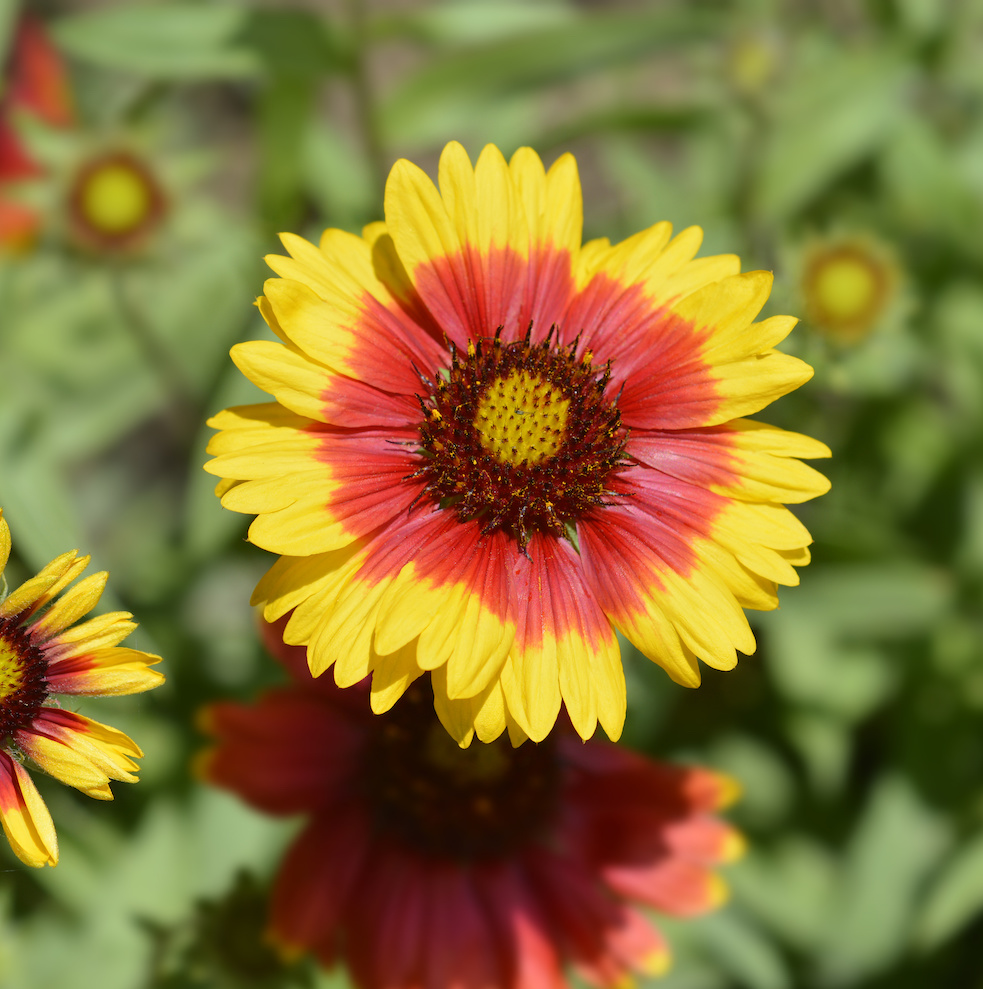
Blanket Flower (gaillardia)
This is a short-lived perennial, native to the Plains states, which really relishes hot dry conditions. Like many of the heat-lovers, it does not want to spend its winters with soggy feet, so plant this perennial where the soil is free draining. Generally, cultivars are available in garden centers, ‘Arizona Sun’ being a popular one. As this is a short-lived perennial, I let some flowers go to seed to ensure that should the parent plant die, I will have a number of seedlings germinate the following year.
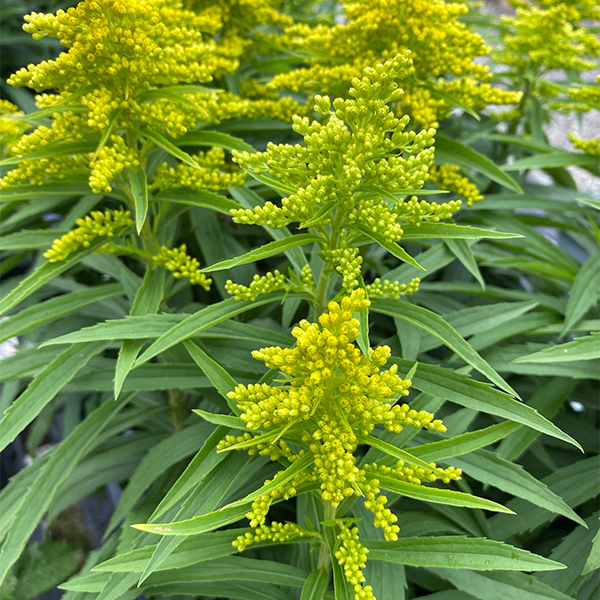
Golden Rod (solidago)
This under-rated native plant has long found favor in Europe where many cultivars have been developed. Fortunately, its value as a garden ornamental is now being appreciated here in the U.S. Varieties that can be found in our garden centers include ‘Fireworks’, and the compact ‘Little Lemon’. Along with ‘Little Lemon’ I have a couple of native varieties that self-seeded into my garden and they provide color in late summer while shrugging off the heat.
These are a few of the drought tolerant plants I have. Others include:
Montauk Daisies (nipponanthemum nipponicum), Snow in Summer (cerastium tomentosum), Lambs’ Ears (stachys byzantina), Giant Coneflower (rudbeckia maxima), Red Valerian (centranthus rubrer), Pinks (dianthus), Russian Sage (salvia yangii, formerly perovskia atriplicifolia), Hyssop/Hummingbird Mint (agastache), Woodland Sage (salvia nemerosa and hybrids), Catmint (nepeta), Day Lilies (hemerocallis), Iris, (iris germanica and sibirica), Beardtongue (penstemon), Adam’s Needle (yucca filamentosa), Eastern Prickly Pear (opuntia humilis).
I also have several grasses that require no supplemental watering, and these include Little Bluestem (schizachyrium scoparium), Big Bluestem (andropogon gerardii), Prairie Dropseed (sporobolus heterolepis), Blue Grama Grass (bouteloua gracilis), Side Oats Grama Grass (bouteloua curtipendula), Feather Geed grass ‘Karl Foerster’, ‘Avalanche’ and ‘Eldorado’, (calamagrostis x acutiflora) and Switch Grass (panicum virgatum).
And finally, because I also want things that flower in spring, a couple of drought tolerant plants that bloom early include Creeping Phlox (phlox sublata), Spring Cinquefoil (potentilla verna Nana), False Indigo (baptisia) and Blue Star (amsonia), all of which look attractive throughout the summer months.
These are not the only plants I have growing in my garden, but as this dry spell continues, these are the ones that are currently showing no signs of drought-related stress. Please note that all new plantings, even those listed above, will need supplemental watering to get them established in their first year. Thereafter they should cope without additional watering.









